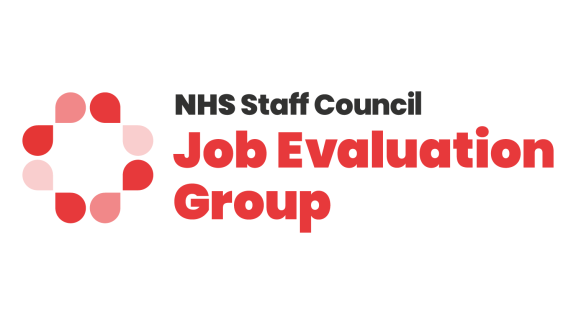Closing band 1 [Archived]

Find out about the closing of band 1, what you need to do to transition staff to band 2 and access resources to help you with the recruitment of new starters from 1 December 2018 onwards.
As part of the 2018 pay deal, band 1 closed to new entrants with effect from 1 December 2018.
The below advice on preparing for the closure of band one and the upskilling of band one staff in to band two roles was initially provided to organisations after the release of the framework agreement.
This information has since been superseded by the national agreement for the transitioning of band 1 staff in to band two roles and the frequently asked questions.
Immediate steps:
Identifying your band 1 posts
Ensure you have identified all band 1 posts and engage with the managers in your services that employ band 1 staff or may need to fill band 1 posts in the short term. You should collect the job descriptions and person specifications for these posts as these will need to be changed in due course.
You will also need to communicate with any contractors whose terms and conditions mirror those of Agenda for Change.
Recruitment advice
Band 1 closed to new starters from 1 December 2018. This means that any adverts that will result in new employees starting after 1 December 2018 cannot be for a band 1 post.
Please be aware that NHS jobs will not allow adverts for band 1 posts and ESR will no longer allow trusts to engage on band 1 assignments from 1 December 2018.
Looking ahead - Planning for the transition of existing staff
Working with service managers it is recommended that you approach your review of roles by understanding the needs of the full service as reviewing job descriptions could present an opportunity to deliver in a new way. You should:
- Follow the guidance in annex 24 of the NHS terms and conditions of service handbook on workforce re-profiling.
- Think about whether staff experience could be improved or whether you can solve existing challenges in delivering a service by enhancing existing roles to band 2.
- Consider whether there are duties that could be taken off existing colleagues that could be passed on to new band 2 roles, freeing up more of their time for other duties for example, responsibility for stocks and supplies or greater levels of decision making guided by protocol. Please note, where this is considered you should ensure that removing duties from other posts does not impact upon the band of that role.
Guidance has previously been issued to organisations to establish a project group to manage implementation of the contract refresh. The review of band 1 roles should be incorporated into this process to ensure you have plans in place to manage the process for existing staff, whether they wish to remain on band 1 or would like to transition to band 2.
To plan ahead, you should:
- Commit to partnership working at all stages of the process, identify a staff side lead for the project, good practice would be to ensure managers engage with staff and staff side reps to think about how roles can be developed.
- Engage with HR and service improvement teams, you may need to plan a schedule of role redesign / service improvement sessions to consider how band 2 roles can replace band 1 posts in the future.
- Consider job evaluation capacity on an on-going basis and plan ahead for where you may need additional panel capacity to match jobs.
- Consider your ongoing communications plan and how you will communicate with band 1 staff, bearing in mind this group may not have easy access to email and internet at work.
- Think about how you might be able to create more generic job descriptions, for example one description for all band 2 domestics or all band 2 porters rather than having multiple job descriptions for similar roles. Job descriptions should still be for the jobs within the service provided and not be totally generic band 2 job descriptions covering multiple services.
Key messages to communicate with employees
The bullet points below outline the headline issues you will need to address in your communication and consultation with staff. They are not intended to be used verbatim but will need tailoring for local use and should be supplemented by any other issues necessary for your workforce.
- Moving to a band 2 role will be your choice, not compulsory.
- You won't have to have a job interview to move to band 2, but you will need to meet with your line manager to discuss your options. You will have the right to be accompanied by your trade union representative.
- It is likely that the differences between a band 1 role and a band 2 role will be small. Employers are committed to providing training and development to help staff transition to a band 2 post. In the rare event of this not being possible, staff will have the option to remain on band 1.
- Moving to band 2 via this transition will not be considered a promotion.
- Employers will be expected to support staff to develop into band 2 roles, including providing any necessary training.
- No one will lose employment because of this transition.
- Staff will need to take their individual circumstances into account when considering this opportunity (there is no one right answer for everyone).
- Further NHS Staff Council advice on moving staff from band 1 to band 2 will follow, including guidance on the job evaluation process and considerations for supervisory roles
- Queries should be directed to the employer.


